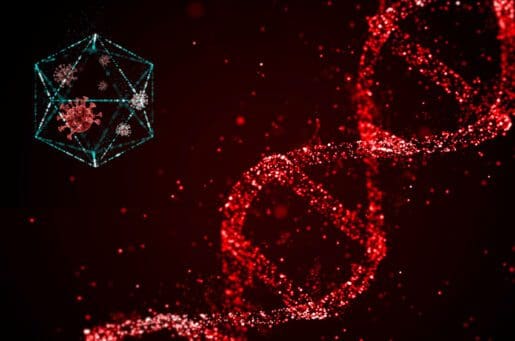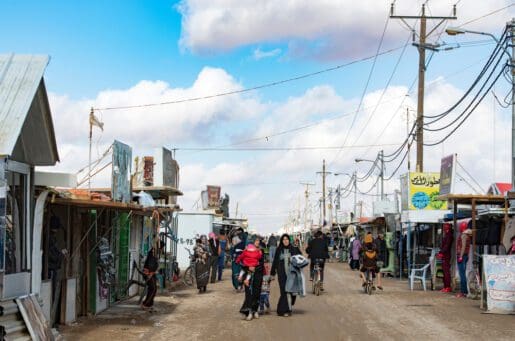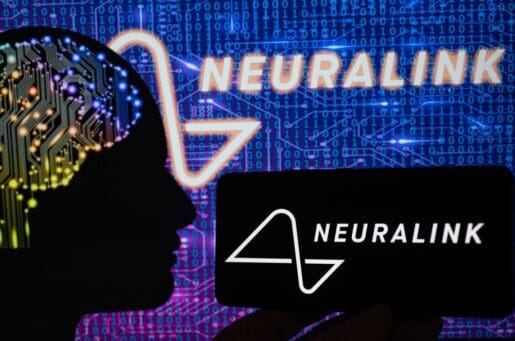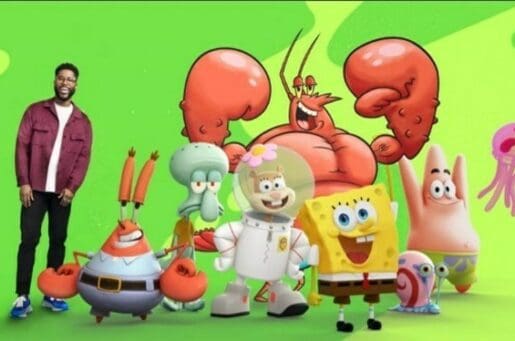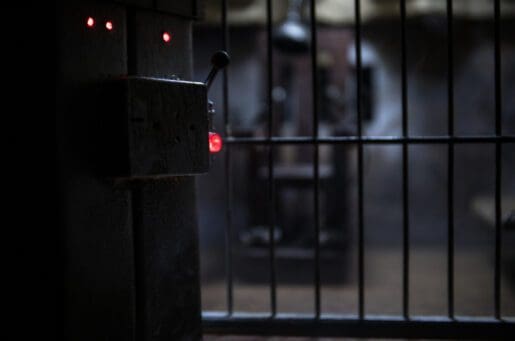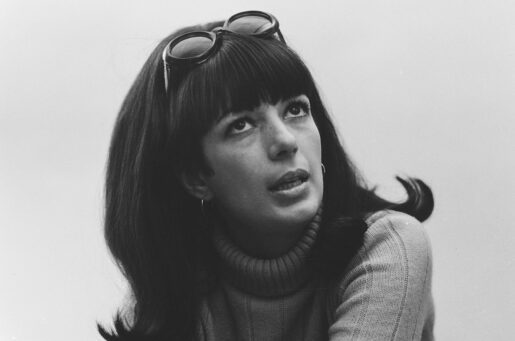Bioethics Forum Essay
Unexpected Lessons from the Anatomy Lab
I ran my gloved hands along his skin and realized, to my own surprise, that I wasn’t going to faint, or throw up, or cry. Instead, my classmates and I used a brown Crayola marker to draw an incision line down his spine. With this elementary line as our guide, we cut through the skin of his back and separated it from the underlying muscles. The more I could see of the muscles, arteries, and bones, the more fascinated I became.
On that first day, the questions that had occupied my mind all summer – Is it possible to harm someone who has died? What relationship does a lifeless body have to the person who inhabited it? – were distant thoughts. What I hadn’t anticipated was that, for better or worse, changing into scrubs, holding a scalpel for the first time, and using an entirely new vocabulary for the body parts I’ve known my whole life would simultaneously distance me from the human significance of anatomical dissection and pull me closer into the culture of medicine.
But those earlier questions were really just below the surface. During our second day in the anatomy lab, we were to study the arms.To ease our task, we needed to rotate the man’s arm. There was no way to do this but by clasping his hand and turning it. Because I happened to be standing alongside his hand, this task became mine. Clasping his hand felt eerily similar to holding the hand of a loved one. But it was unmistakably lifeless.
Though my mind was supposed to be focused on identifying the biceps brachii and cephalic vein, I could not stop thinking about his hand. I imagined a loved one holding it as he lay in the hospital before his death. I imagined him throwing a small grandchild up in the air and catching her in heaps of laughter. I wondered if he had played golf or the piano, or if he liked to cook.
While these may seem like pleasant thoughts, the juxtaposition of the image of a man full of life with the reality that I was dissecting his dead body brought me to a halt. I could hardly reach the end of our session without falling apart. Some of my classmates have told me this is why they don’t let themselves have these thoughts at all.
That night I dreamt that I was having dinner with a good friend. After we ate, we walked around the streets of our neighborhood, which happened to be filled with strung lights, live music, and laughing children. As I was recounting the dream to myself I realized that there was one odd detail: my friend had been missing her hand. My mind immediately flashed to the image of the cadaver’s hand. Just as I had wondered what he had done with his hands in his life, while in my sleep I had seen my friend without her hand and wondered how she would lift her daughter, touch her husband, or simply peel an orange.
As I was getting ready for school the next morning, I felt haunted by what we were doing, seeing, touching. I didn’t know how I could possibly go back to the lab, how I could cut into the man’s body again. But somehow, I did. Somehow, in the days that followed, when I held the man’s heart in my hands, the sense of awe and excitement I felt on that first day returned.
Anatomical dissection is not intended to promote empathy. We are not required to talk about how we feel afterward. This is our first experience when we must focus strictly on the task in front of us while with a “patient.” We have a schedule to stay on and structures to find. Expose the brachial plexus. Saw through the clavicle.
Before beginning medical school, I thought that the proximity to death in the anatomy lab would paralyze me. I was scared, and continue to be scared, of the suffering and tragedy that we will see in the hospital. But the anatomy lab has given me something else to be wary of: how quickly something that was once emotionally wrenching and deeply disturbing can become so normal.
During our first days of school, our faculty told us that we would need to learn appropriate detachment. If we get too wrapped up in our patients’ lives, we won’t be as good doctors, nor will we be able to function personally. We wouldn’t be able to learn what we need to learn in the anatomy lab if we were constantly considering the moral and human questions anatomical dissection raises. However, as we detach ourselves from those questions we risk neglecting them altogether.
A few weeks after I had been so affected by holding the cadaver’s hand, a classmate told me that he found the anatomy course to be dehumanizing at times. This casual comment struck me because, though I had had that same feeling previously, in just a few weeks time that thought had become distant. I realized how easy it was for me to become more detached than I wanted to be.
Though I will probably never dissect a human cadaver again, the lessons I take from the experience will likely come to bear in the clinic time and again. Just as with anatomical dissection, the sickness and suffering that inhabit any hospital may at first give me nightmares, but then someday seem normal. And yet in completely detaching ourselves from our patients we risk treating them as mere bodies rather than whole people and losing the parts of ourselves that made us want to be doctors in the first place. Therefore, we must search for ways to reinforce our human and moral engagement with our work. While we knew just where to look to find the brachial plexus, this search will likely be more meandering and more surprising, but certainly no less important.
Colleen Farrell is a first-year medical student at Harvard and a former research assistant at The Hastings Center.
Posted by Susan Gilbert at 12/14/2012 10:11:46 AM |
